Karl Friedrich Abel - Sinfonia Op. 7 n. 1 - Secondo Movimento - Andante
 Instant Download
Instant Download
Details
Description
SKU: A0.828700
Composed by Karl Friedrich Abel. Arranged by Guido Menestrina. Classical. Score and parts. 16 pages. Guido Menestrina #122893. Published by Guido Menestrina (A0.828700).Karl Friedrich Abel - Sinfonia Op. 7 n. 1 - Secondo Movimento - Adagio Edited by Guido Menestrina - Full score and single parts for 2 oboe, 2 F Horns (originally cor de chasse, tacet on 2nd movement), 2 violins, viola and cello (originally basse de violon). Abel was born in Köthen, a small German city, where his father, Christian Ferdinand Abel, had worked for years as the principal viola da gamba and cello player in the court orchestra. In 1723 Abel senior became director of the orchestra, when the previous director, Johann Sebastian Bach moved to Leipzig. The young Abel later boarded at Leipzig's Thomasschule, where he was taught by Bach. On Bach's recommendation in 1743 he was able to join Johann Adolph Hasse's court orchestra at Dresden where he remained for fifteen years.[3][5] In 1759 (or 1758 according to Chambers),[1] he went to England and became chamber-musician to Queen Charlotte, in 1764.[3][5] He gave a concert of his own compositions in London, performing on various instruments, one of which was a five-string cello known as a pentachord, which had been recently invented by John Joseph Merlin.[6] In 1762, Johann Christian Bach, the eleventh son of J.S. Bach, joined him in London, and the friendship between him and Abel led, in 1764 or 1765, to the establishment of the famous Bach-Abel concerts, England's first subscription concerts. In those concerts, many celebrated guest artists appeared, and many works of Haydn received their first English performance. For ten years the concerts were organized by Mrs. Theresa Cornelys, a retired Venetian opera singer who owned a concert hall at Carlisle House in Soho Square, then the height of fashionable events. In 1775 the concerts became independent of her, to be continued by Abel and Bach until Bach's death in 1782. Abel still remained in great demand as a player on various instruments new and old. He traveled to Germany and France between 1782 and 1785, and upon his return to London, became a leading member of the Grand Professional Concerts at the Hanover Square Rooms in Soho. Throughout his life he had enjoyed excessive living, and his drinking probably hastened his death, which occurred in London on 20 June 1787. One of Abel's works became famous due to a misattribution: in the 19th century, a manuscript symphony in the hand of Wolfgang Amadeus Mozart, was catalogued as his Symphony no. 3 in E flat, K. 18, and was published as such in the first complete edition of Mozart's works by Breitkopf & Härtel. Later, it was discovered that this symphony was actually the work of Abel, copied by the boy Mozart-evidently for study purposes-while he was visiting London in 1764. That symphony was originally published as the concluding work in Abel's Six Symphonies, Op. 7. Follow the score on youtube: https://www.youtube.com/watch?v=_urGVpH7Pls.
This product was created by a member of ArrangeMe, Hal Leonard’s global self-publishing community of independent composers, arrangers, and songwriters. ArrangeMe allows for the publication of unique arrangements of both popular titles and original compositions from a wide variety of voices and backgrounds.
Digital Downloads are downloadable sheet music files that can be viewed directly on your computer, tablet or mobile device. Once you download your digital sheet music, you can view and print it at home, school, or anywhere you want to make music, and you don’t have to be connected to the internet. Just purchase, download and play!
PLEASE NOTE: Your Digital Download will have a watermark at the bottom of each page that will include your name, purchase date and number of copies purchased. You are only authorized to print the number of copies that you have purchased. You may not digitally distribute or print more copies than purchased for use (i.e., you may not print or digitally distribute individual copies to friends or students).
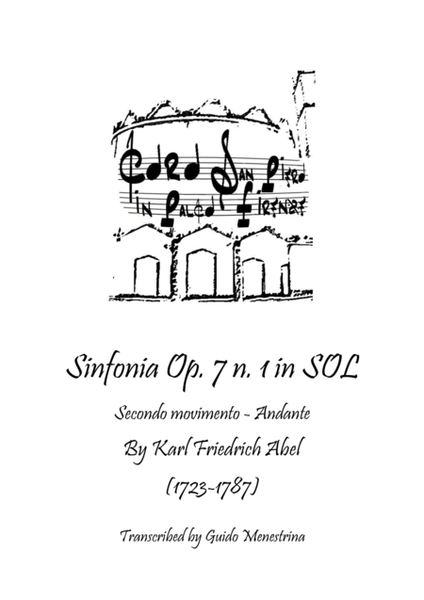
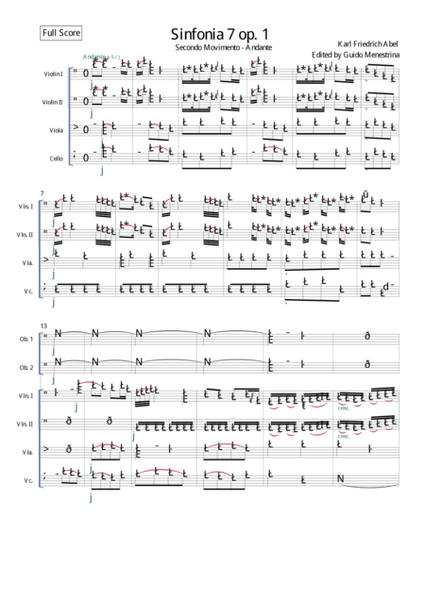
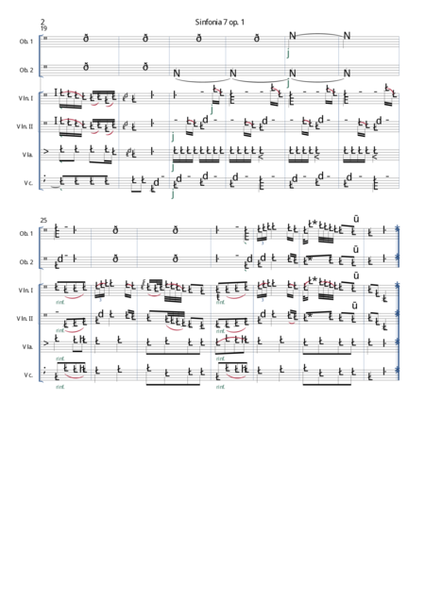
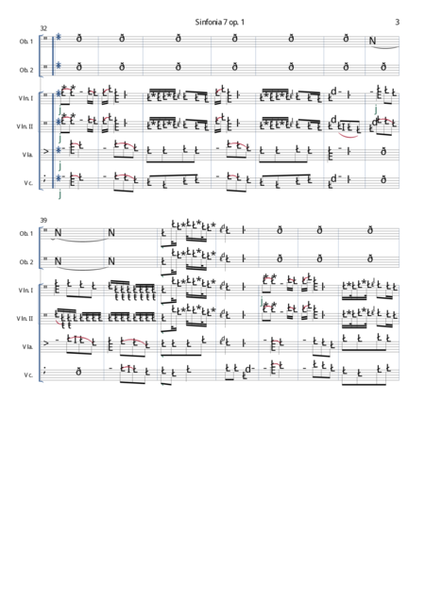
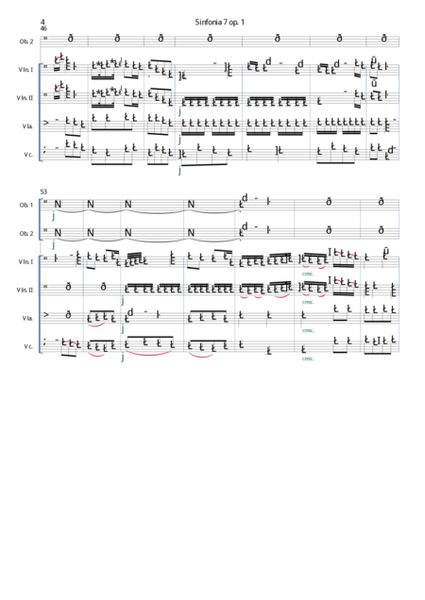
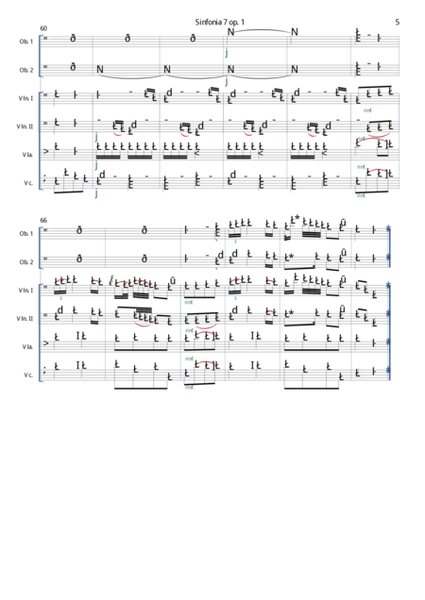
 Share
Share